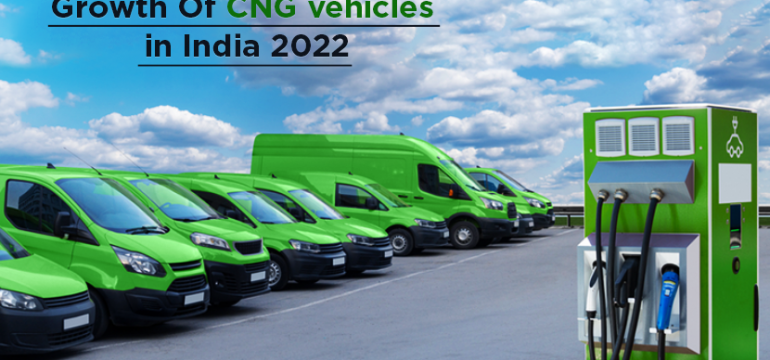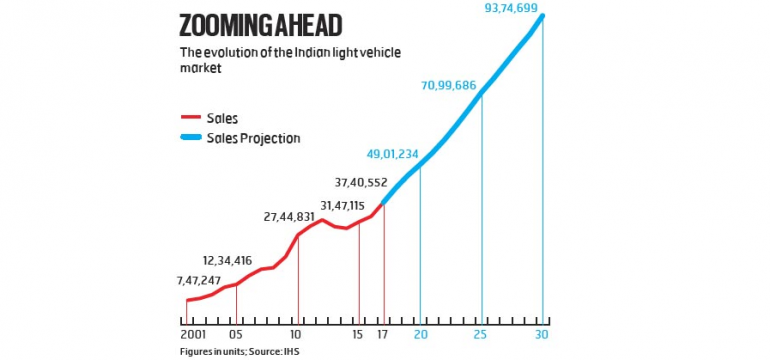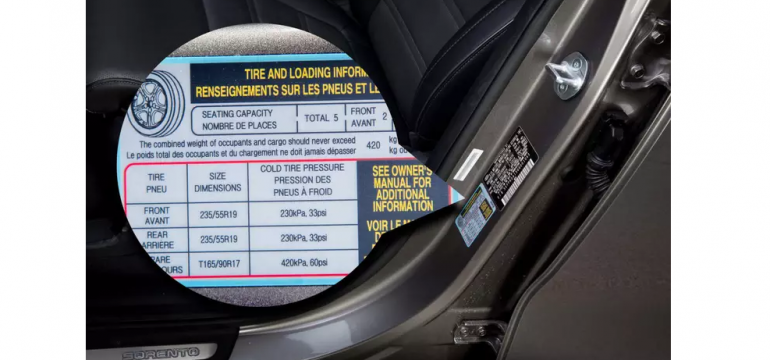India’s automotive market has been witnessing a significant shift over the past few years, as consumers and manufacturers alike are increasingly focusing on more environmentally friendly and cost-effective transportation solutions. One of the most notable changes in this space has been the growing popularity of CNG (Compressed Natural Gas) vehicles. While CNG vehicles are not new to the Indian market, recent developments, including rising fuel prices, environmental concerns, and government incentives, have boosted their adoption.
In this blog, we’ll explore why the shift towards CNG vehicles is gaining momentum, what it means for Indian buyers, and the key benefits and challenges associated with making the switch.
Why is CNG Gaining Popularity in India?
India is home to one of the largest automotive markets in the world, and the need for more sustainable vehicle options is becoming more urgent due to environmental concerns and rising fuel costs. Let’s take a closer look at the factors driving the shift towards CNG vehicles.
1. Rising Petrol and Diesel Prices
One of the most significant factors influencing the shift to CNG is the ever-increasing cost of petrol and diesel. Over the last few years, fuel prices have been on an upward trajectory, burdening car owners with high fuel expenses. On the other hand, CNG is significantly cheaper than petrol and diesel, making it an attractive alternative for those looking to reduce their daily running costs.
- Price Advantage: CNG is priced at around 40-50% lower than petrol and diesel, which can lead to substantial savings over time, especially for those who drive long distances.
2. Environmental Concerns and Government Policies
As pollution levels in major cities like Delhi, Mumbai, and Bangalore continue to rise, there’s increasing pressure on the government and automakers to address air quality issues. CNG is a cleaner fuel option compared to petrol and diesel, producing lower emissions of harmful pollutants such as carbon monoxide, nitrogen oxides, and particulate matter.
- Government Incentives: To promote the adoption of cleaner fuels, the Indian government has introduced several initiatives, including subsidies for CNG vehicles, tax rebates, and the expansion of CNG infrastructure across the country.
- Environmentally Friendly: CNG emits significantly fewer greenhouse gases, contributing to a reduction in the carbon footprint of vehicles. As India works towards meeting global climate goals, CNG vehicles are seen as an essential part of the solution.
3. Wider CNG Infrastructure and Availability
Earlier, one of the major deterrents for consumers considering CNG was the lack of refueling infrastructure. However, in recent years, there has been a significant expansion in CNG stations, particularly in metropolitan cities and highway routes. This expansion is making it easier for buyers to operate CNG vehicles without worrying about fuel availability.
- Increased Refueling Stations: The government’s push to expand CNG refueling stations, coupled with the increasing adoption of CNG in cities like Delhi and Mumbai, is encouraging more consumers to consider this fuel option.
What Does the Shift to CNG Mean for Buyers?
As more car manufacturers introduce CNG variants of popular models and the number of refueling stations continues to grow, Indian buyers are now presented with new opportunities and challenges. Let’s explore what this shift means for potential buyers in the country.
1. Lower Operating Costs
CNG vehicles offer a significant advantage in terms of operating costs. For buyers who commute long distances or use their cars for daily office travel, the lower fuel costs can result in a substantial reduction in monthly expenses.
- Fuel Savings: Given that CNG is much cheaper than petrol or diesel, the running cost of CNG-powered vehicles can be up to 50% lower than traditional petrol or diesel cars.
- Lower Maintenance Costs: CNG engines also tend to be less prone to wear and tear, which means owners might save money on maintenance and servicing in the long run.
2. Longer Vehicle Lifespan
CNG is a cleaner-burning fuel compared to petrol and diesel, which results in fewer engine deposits and reduced carbon build-up. This can lead to a longer lifespan for the engine, making CNG vehicles a wise investment for buyers looking to maximize their vehicle’s longevity.
- Less Engine Wear: The combustion of CNG is much cleaner, leading to less damage to internal engine parts and, ultimately, longer vehicle life.
- Reduced Oil Changes: CNG cars generally require fewer oil changes, as the fuel burns more efficiently.
3. Environmental Benefits
For environmentally conscious buyers, CNG vehicles offer a compelling reason to switch. With stricter environmental regulations and a growing awareness of the need to combat climate change, more consumers are opting for cleaner, greener alternatives.
- Lower Emissions: CNG vehicles produce fewer harmful emissions, contributing to better air quality, especially in crowded cities where air pollution is a growing concern.
- Eco-Friendly Option: As awareness around environmental issues grows, CNG is seen as a cleaner and more sustainable fuel compared to traditional fossil fuels.
4. Government Support and Incentives
The Indian government is actively promoting CNG vehicles by offering various benefits and incentives for both consumers and manufacturers.
- Subsidies on CNG Vehicles: Some state governments and local authorities offer direct subsidies for purchasing CNG vehicles, making them more affordable for the average consumer.
- Tax Benefits: Several tax incentives, including lower registration fees for CNG cars, are aimed at making these vehicles more attractive to buyers.
- Infrastructure Development: With the government’s focus on expanding CNG refueling stations, buyers are more assured of the availability of fuel.
Challenges of CNG Vehicles
While CNG vehicles offer numerous benefits, they are not without challenges. Some of the key considerations for potential buyers include:
1. Limited Range and Storage Capacity
CNG vehicles require a separate fuel tank to store the compressed gas, which can limit boot space and reduce the overall range of the vehicle. This is particularly a concern for people who travel long distances regularly or those who need to carry large amounts of luggage.
- Limited Range: CNG cars typically have a lower range than their petrol or diesel counterparts due to the smaller size of the fuel tank.
- Reduced Boot Space: The space taken up by the CNG cylinder reduces the cargo capacity, which may be inconvenient for some buyers.
2. Higher Upfront Costs
Though the operating costs are lower, the initial cost of purchasing a CNG vehicle may be higher than a petrol or diesel variant of the same model. This is because CNG vehicles are typically equipped with additional components like the CNG kit and storage cylinders, which add to the overall cost.
- Premium on Purchase: CNG variants of vehicles generally cost more at the time of purchase due to the specialized CNG components and fittings.
- Additional Conversion Costs: In some cases, buyers might also choose to retrofit their existing petrol car with a CNG kit, which comes with its own set of expenses.
3. Limited Availability of CNG Models
Though the number of CNG vehicles in India is growing, the options remain relatively limited compared to petrol and diesel variants. Most car manufacturers offer CNG versions of popular models, but the variety of vehicles available in the CNG segment is still smaller.
- Fewer Choices: Although manufacturers like Maruti Suzuki, Tata Motors, and Hyundai offer CNG options, the variety of body styles, features, and specifications remains somewhat limited.
Conclusion: A Promising Shift for the Future
The shift towards CNG vehicles in India represents a significant step forward in terms of both cost-effectiveness and environmental sustainability. For buyers, this change offers an opportunity to save on fuel and reduce their carbon footprint, all while contributing to India’s efforts to tackle air pollution and climate change.
As CNG infrastructure continues to improve, and more manufacturers roll out a wider range of CNG-powered vehicles, the future of the CNG vehicle market in India looks promising. For those looking to make an environmentally responsible and financially prudent choice, CNG vehicles present an attractive and practical option.
While there are still some challenges, particularly regarding range limitations and initial costs, the overall benefits of adopting CNG in India far outweigh the drawbacks, making it an option worth considering for many car buyers.
0









